All over the United States, many Americans are struggling to afford homes. This has left many realizing that they’ll likely rent for much, if not all, of their lives.
However, the surge in popularity of tiny foldable homes one can buy online has caused some to choose to invest in these types of homes, rather than traditionally constructed ones.
The Housing Crisis

The United States is currently in a housing crisis. Throughout various states around the country, Americans are struggling to be able to afford a home.
This housing crisis is ongoing — and there doesn’t seem to be any indication that it will stop anytime soon. The crisis is further fueled by a housing shortage in many areas, which only causes home prices to skyrocket.
Millennials and Housing
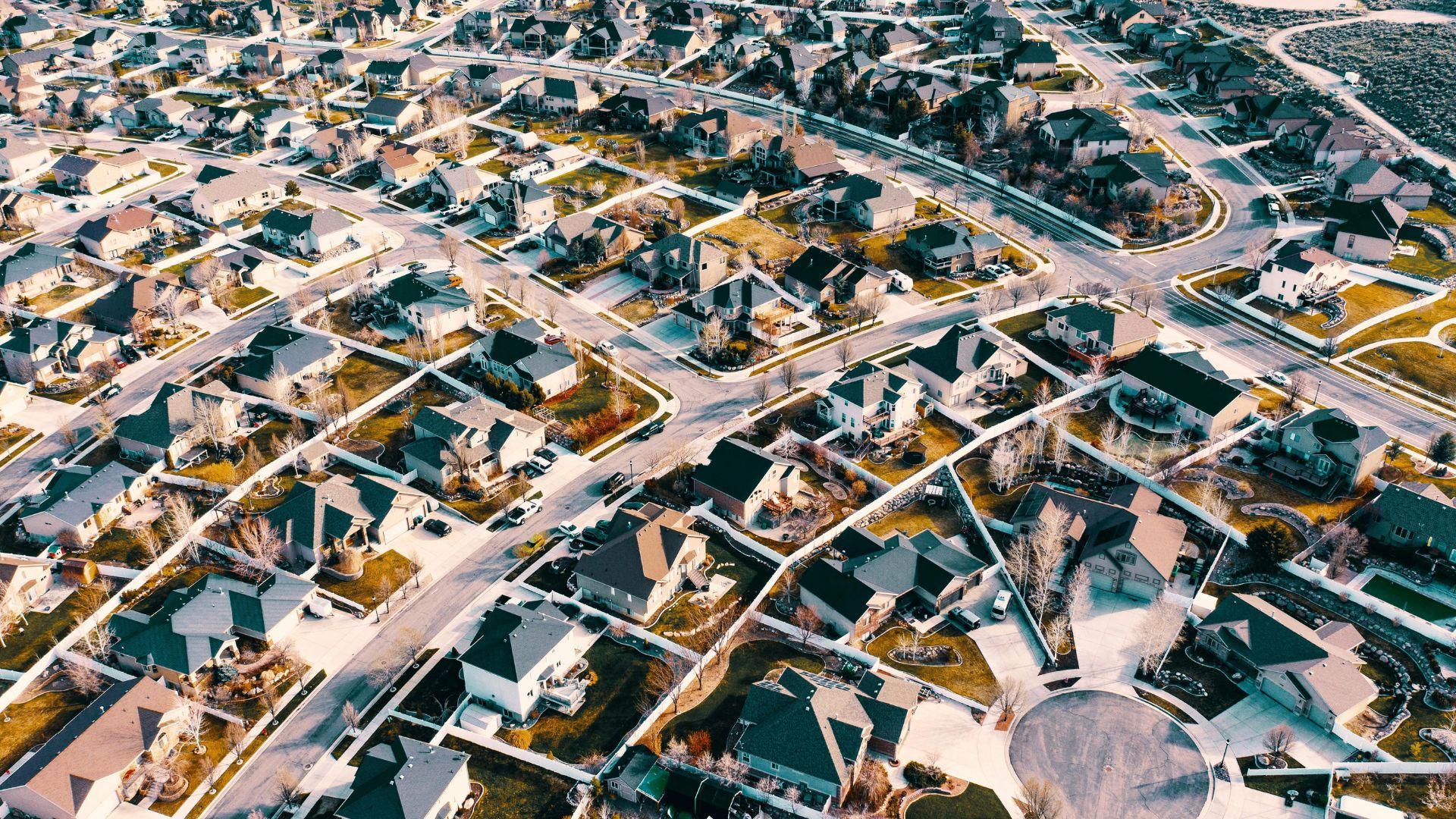
Millennials, as well as the younger generations such as Gen Z, are arguably the hardest-hit generation group when it comes to housing. While Boomers and Gen X were able to afford homes in previous decades, Millennials cannot.
This has caused many Millennials to feel “disenfranchised” about being able to afford a home. They feel completely shut out of the housing market.
A New Housing Alternative?
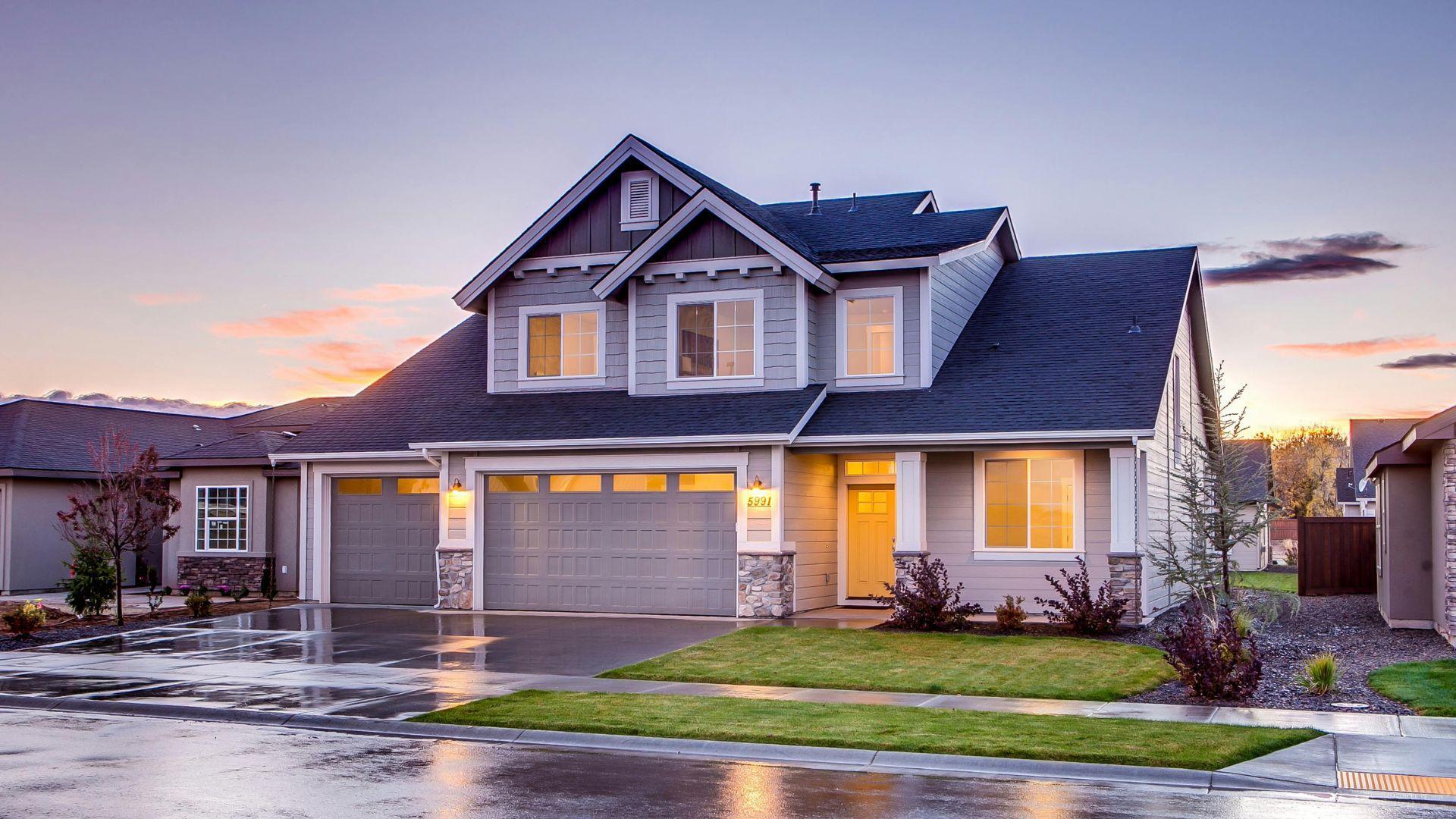
Could things soon change? A new trend for younger people online has emerged, thanks to online retailers like Amazon.
Online, on websites such as Amazon, people can buy tiny foldable homes that pop open once delivered.
Tiny, Foldable Homes on Amazon
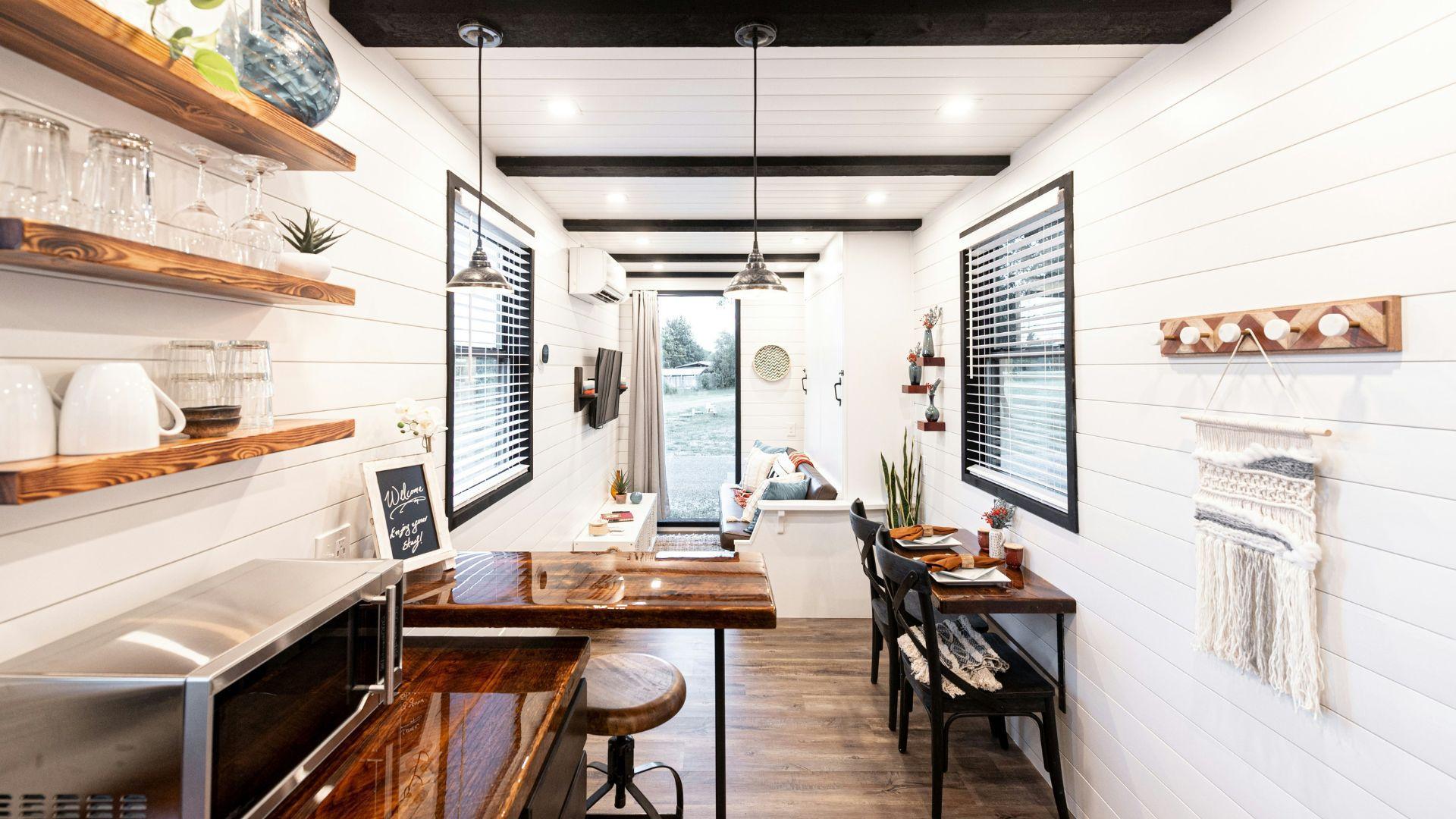
These portable homes on Amazon are about 19 feet by 20 feet, so they’re considered a full-size living home, even though it is rather tiny.
These homes weigh about 8,000 pounds and come packed up in a box upon delivery. To successfully open up this foldable home, you need a crane to get the job done.
Fluctuating Prices

When the homes first began to trend on Amazon, they were selling for about $35,000. However, prices have since changed — and dropped by quite a lot.
Now, buyers can snag one of these portable homes for a whopping $23,000 less — and get a new home for just $11,550.
What These Homes Could Be Used As
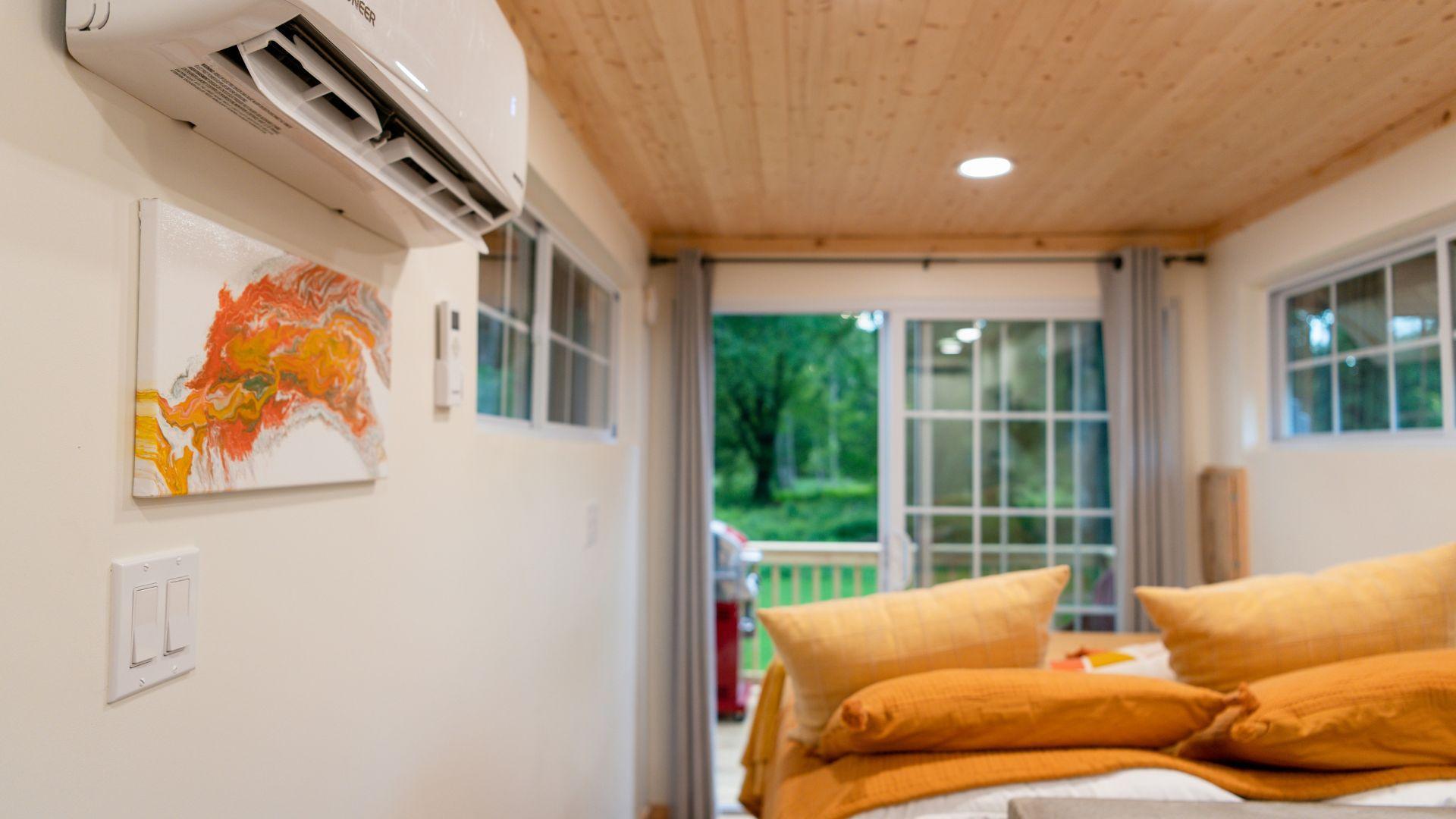
For the most part, many of these foldable homes are advertised as great additions to a home. For example, many buyers have stated that they make great garden houses.
These homes can also be used as guest homes on a property. Others have used them as offices or workshops detached from their main home.
Buying a Cheap New Home
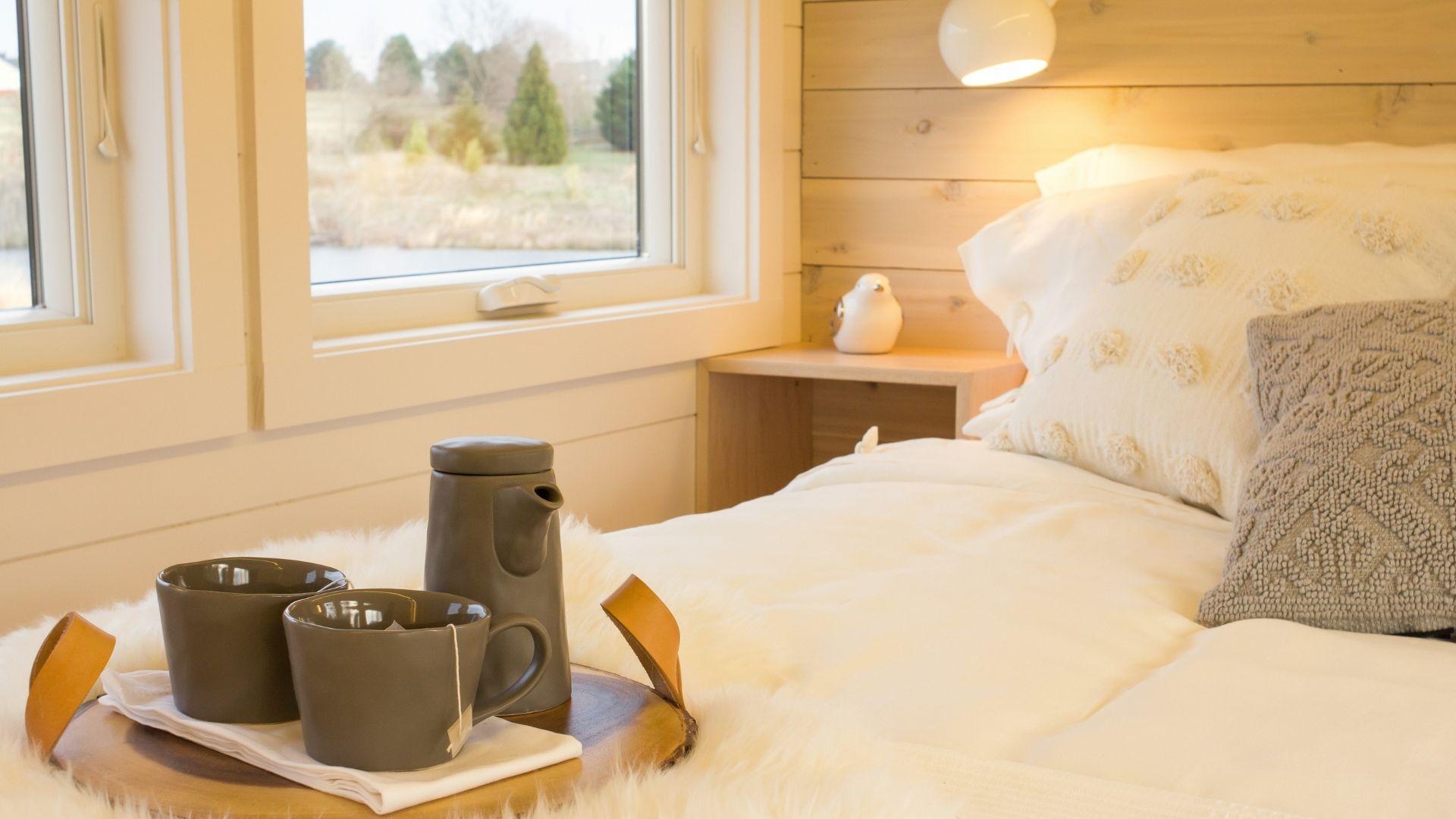
However, many people online have claimed that they’re going to buy one of these tiny portable homes — and actually live in it. For many, this cheap home is all they can afford, especially when they look at the surging prices of traditional houses.
Youtuber Unspeakable recently bought one of these homes and uploaded a video all about it, talking about its pros and cons. At the time of this writing, that video has over 13.6 million views.
A Stable House
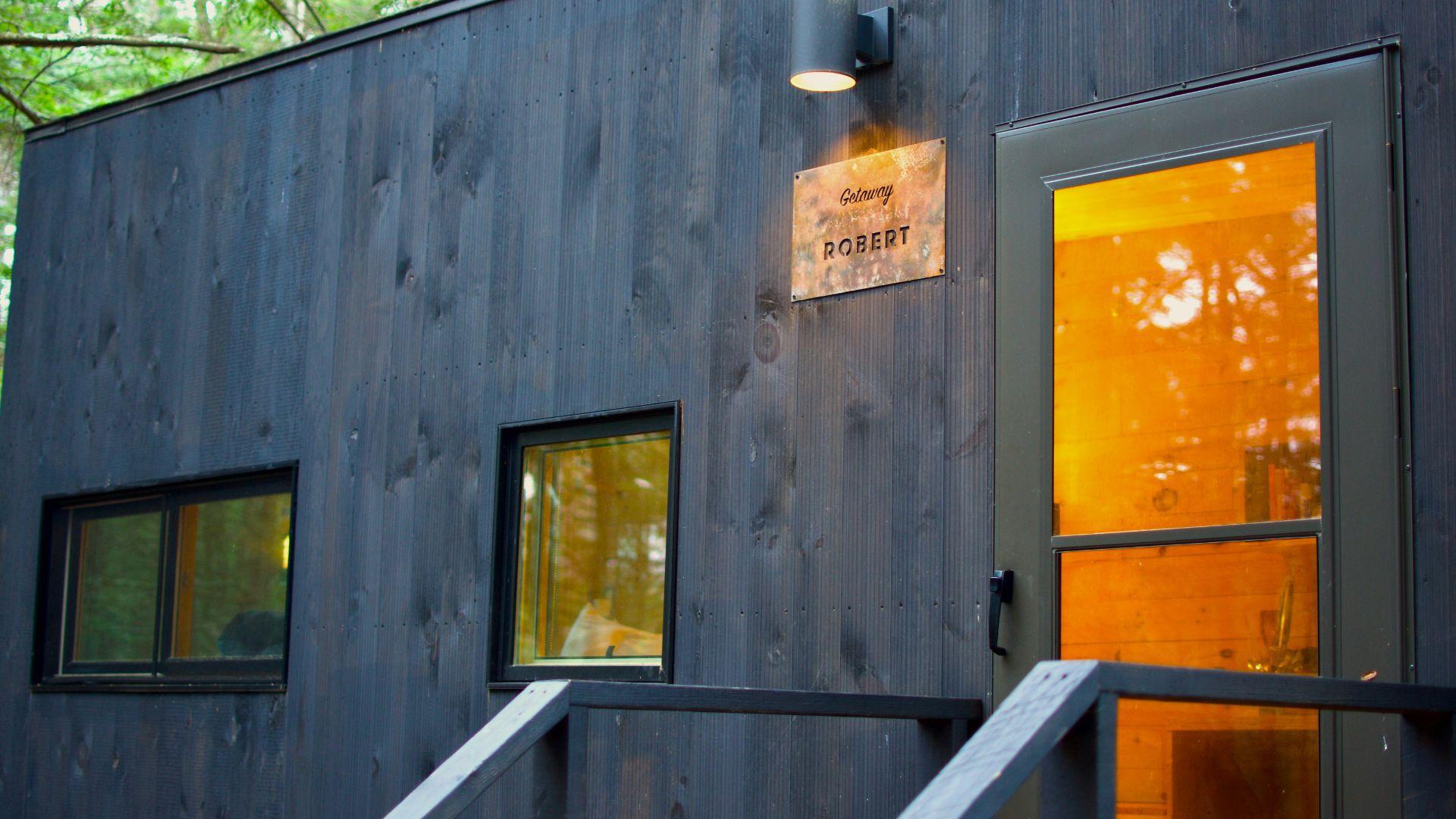
In many ways, these tiny homes could actually be a great investment for those who don’t mind living in a small area.
Made out of a steel frame, the portable house has flameproof wallboards. Waterproof and thermal insulation also comes with the home. This home is also said to be earthquake-proof, wind-resistant, and snow-resistant.
A Bathroom Is Included
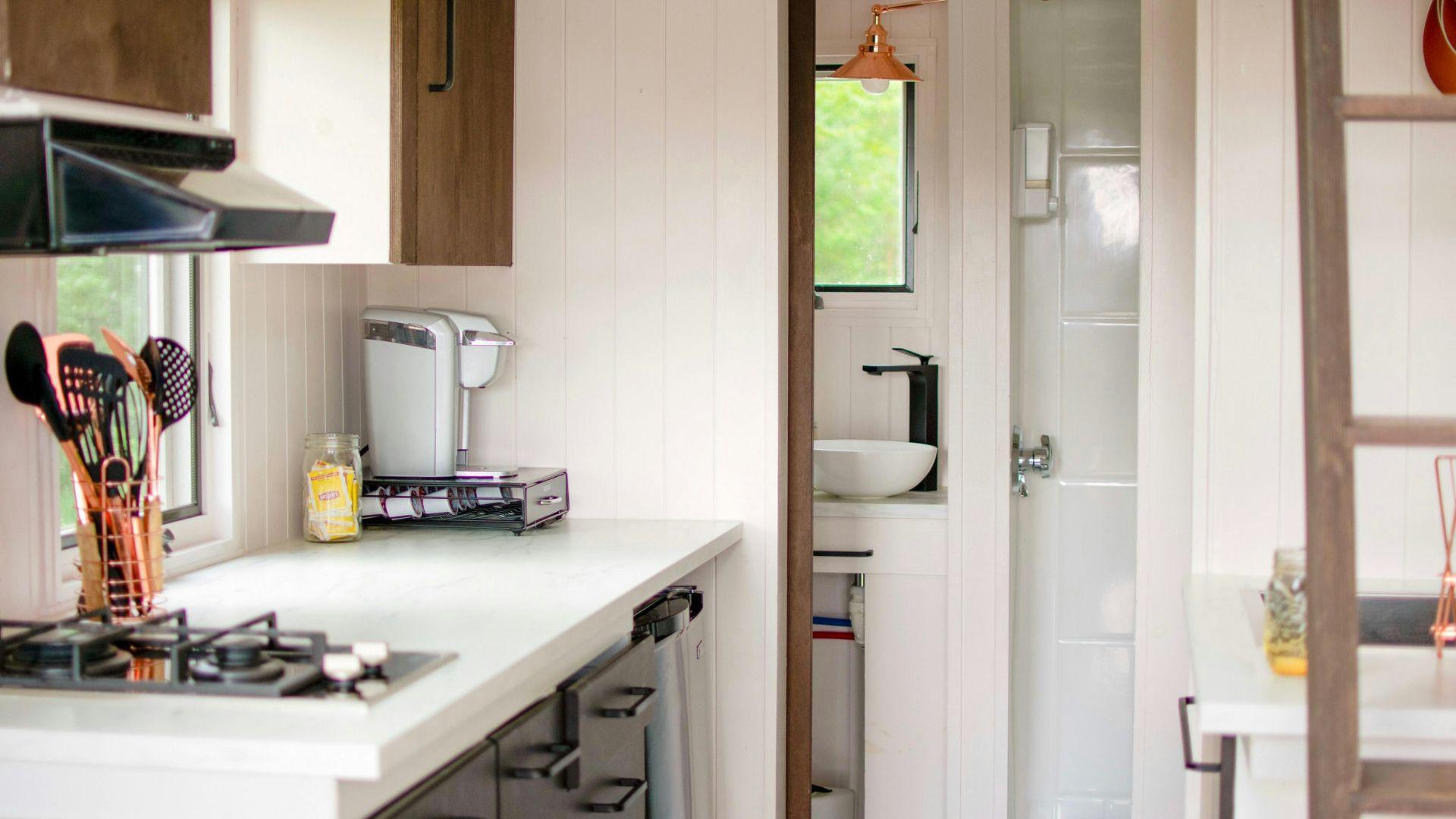
Plus, a bathroom is included! According to the seller, a small restroom comes with this pop-up home, complete with a shower, toilet, and sink.
This bathroom just needs to be hooked up to plumbing and water. However, it should be noted that this tiny home does not come with any electrical fixtures. Therefore, all of this will have to be done by the buyer.
Windows Make the Area Seem Bigger

The tiny home also already comes with a ton of windows, which can go a long way in helping the small house seem so much bigger on the inside.
Though the house is definitely small, for many Millennials and younger people who feel shut out of the housing market, this investment could be just what they’re looking for.
Fold the Home Back Up
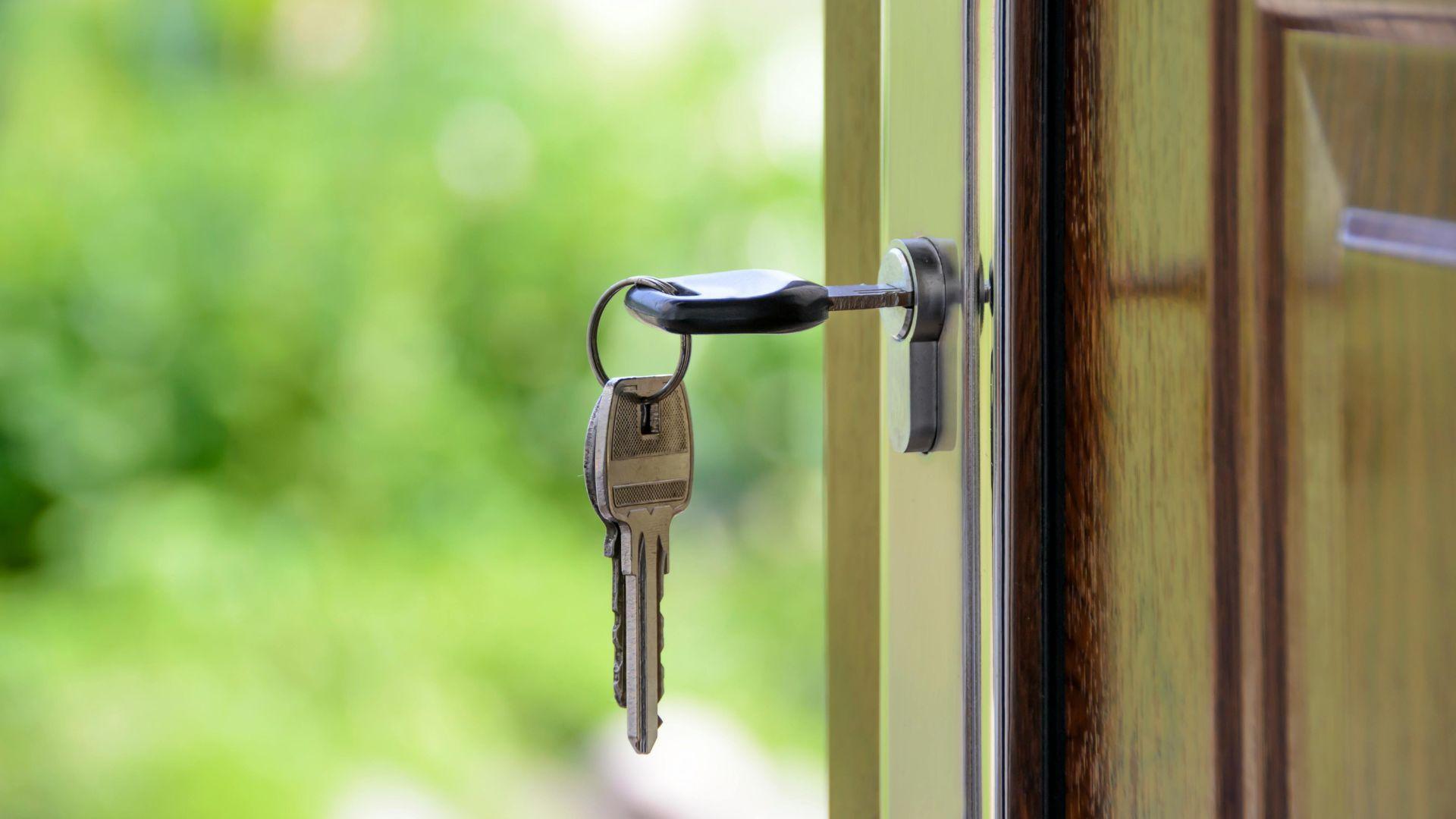
What if you want to move? Don’t worry — you can take your home with you. According to the descriptive listing of the home, you can easily fold the house back up and move it elsewhere.
Of course, you’ll have to once again hook it up to water and electricity. In the long run, however, it might still be much cheaper than buying a traditional home.
Expanding Demographics

Tiny homes are attracting a diverse range of buyers beyond Millennials and Gen Z. Retirees are considering these compact abodes as a means to downsize effectively while maintaining independence.
Similarly, young families see them as an economically viable entry point into homeownership, demonstrating the broad appeal and versatility of tiny homes in addressing various life stages and financial situations.
Tiny Homes Around the World

Internationally, the tiny home movement is taking shape in unique ways. In Japan, minimalistic living has long been a cultural norm, making tiny homes a natural fit.
Meanwhile, in Sweden, sustainability drives tiny home popularity (via Melanie Olsson), with designs focusing on eco-friendliness and energy efficiency. This global trend conveys the versatile solutions tiny homes offer across different cultures.
Environmental Benefits
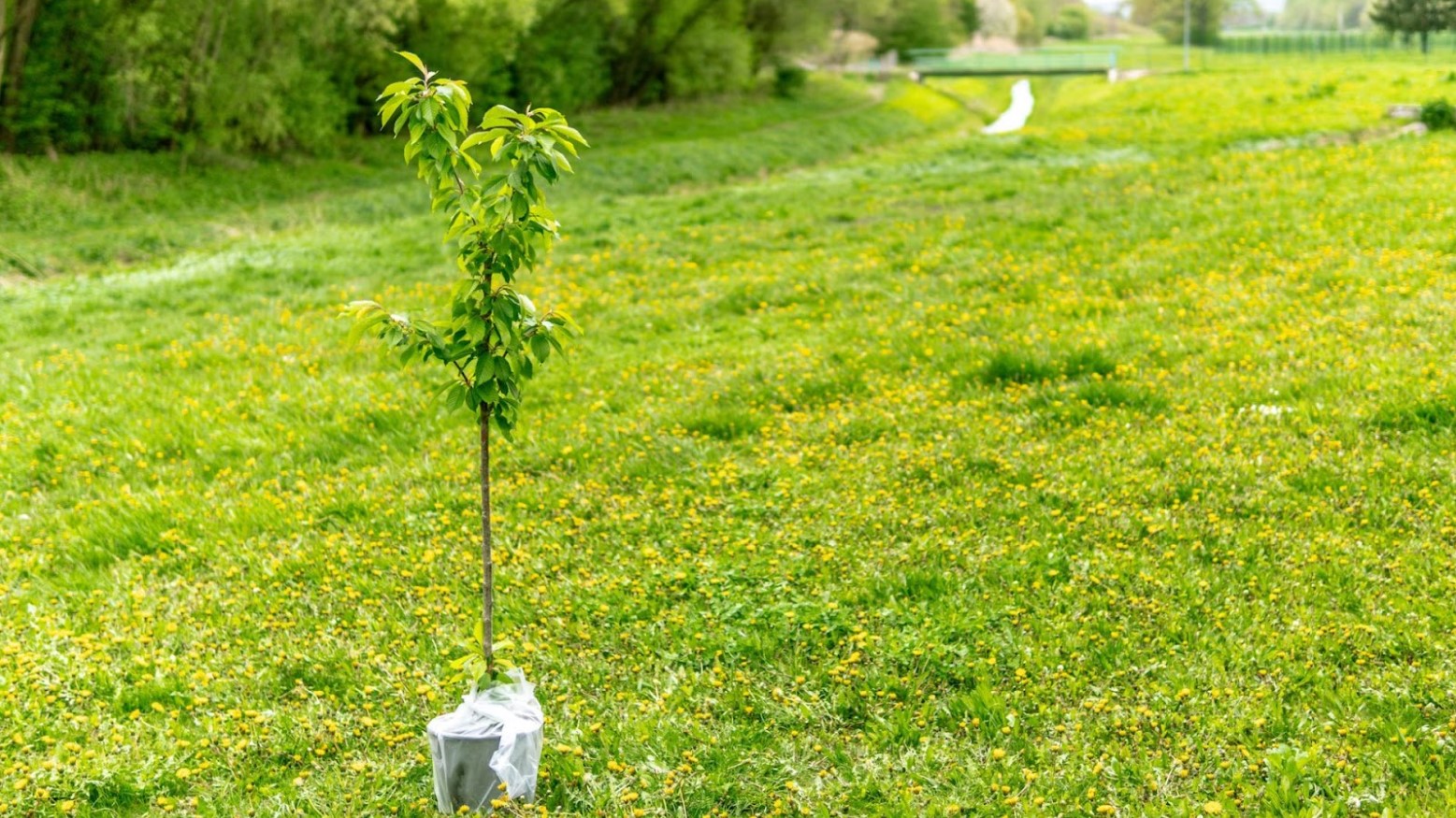
Tiny homes offer significant environmental benefits, such as reduced material use and energy consumption, aligning with growing ecological awareness. Their small size means a lower carbon footprint and less land disturbance, positioning them as a sustainable housing solution.
This is particularly appealing to those seeking to minimize their impact on the planet while securing affordable housing.
Navigating Zoning Laws

Owners of tiny homes often face zoning and regulatory challenges that can impede their lifestyle. Many areas lack clear definitions for tiny houses, leading to legal ambiguities (via The Sun).
Advocacy and updated regulations could pave the way for better integration into urban and rural landscapes, making tiny homes a more accessible option for many.
Creating Community
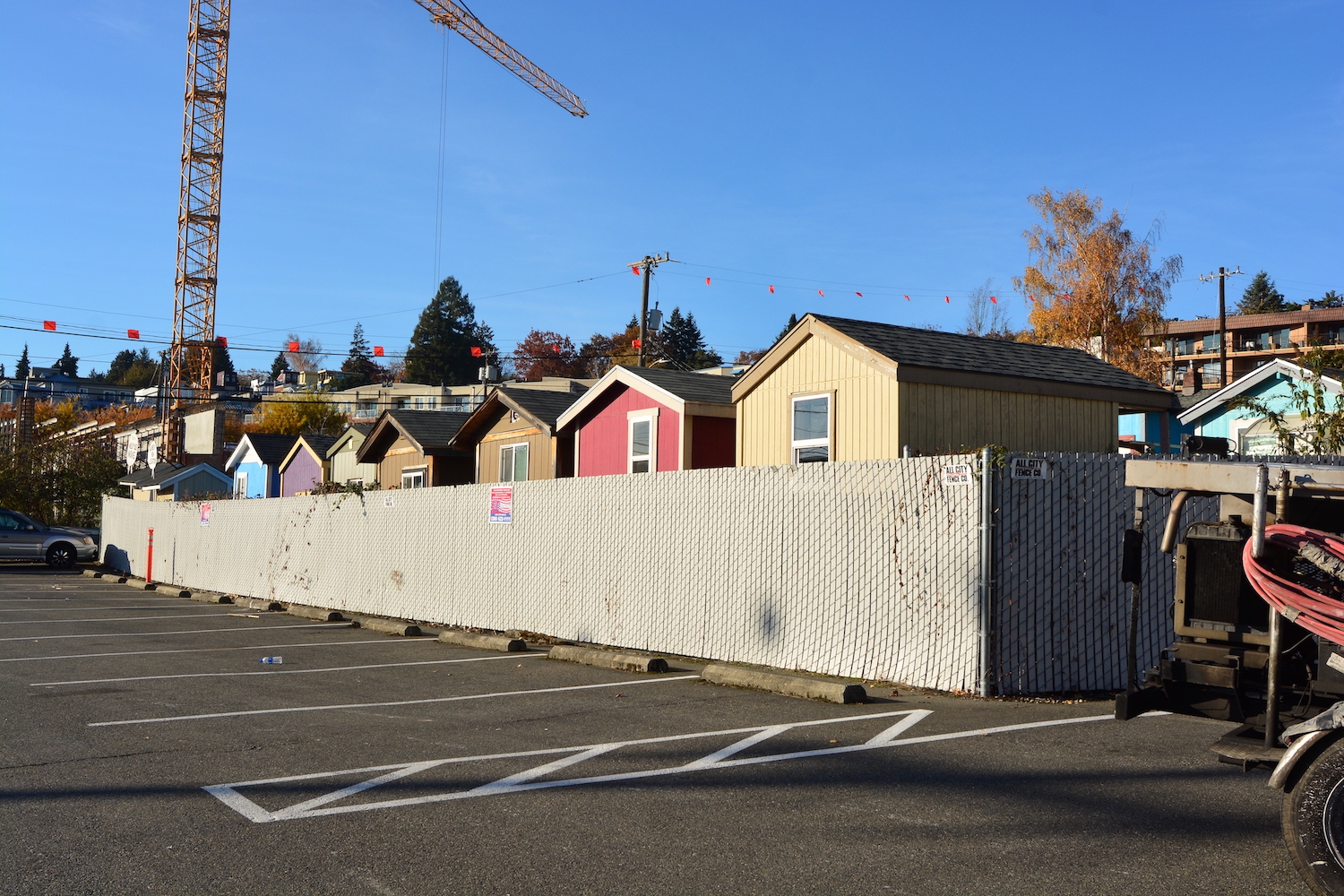
The rise of tiny home communities is fostering a new form of social interaction and support networks. These communities often share amenities and uphold values like sustainability and minimalism.
The collective environment helps residents enjoy a sense of belonging and shared purpose, which enhances the living experience in compact spaces.
Technological Enhancements
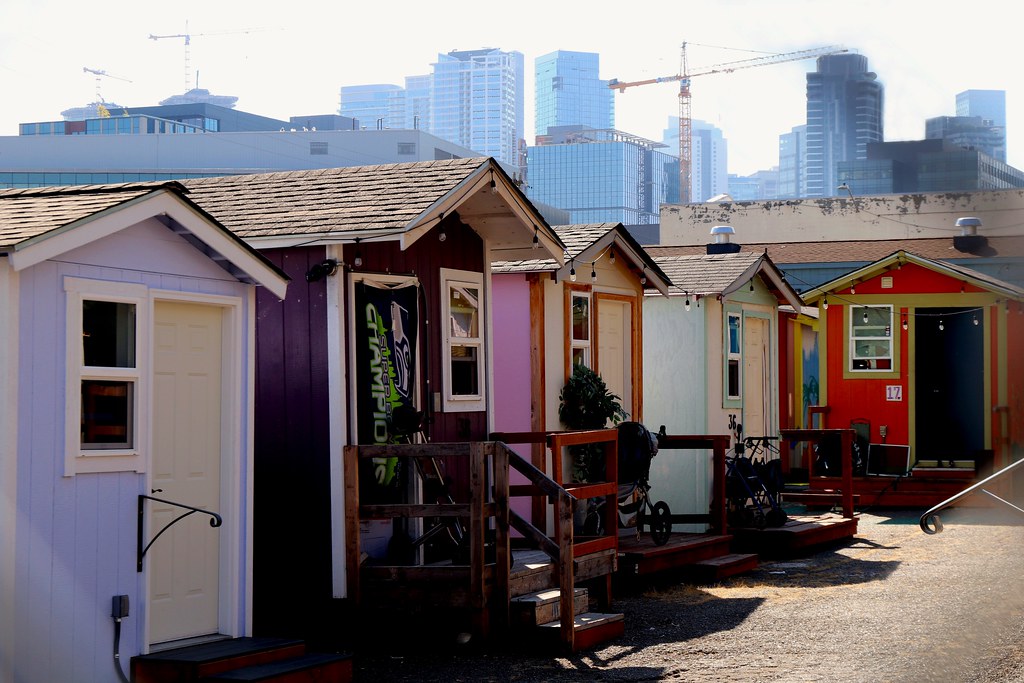
Modern tiny homes are incorporating advanced technologies, including modular components and smart home features.
Much like traditional houses, these innovations optimize space, enhance functionality, and provide modern comforts, reflecting how tiny homes are evolving to meet high standards of living within limited square footage.
Innovative Design Solutions
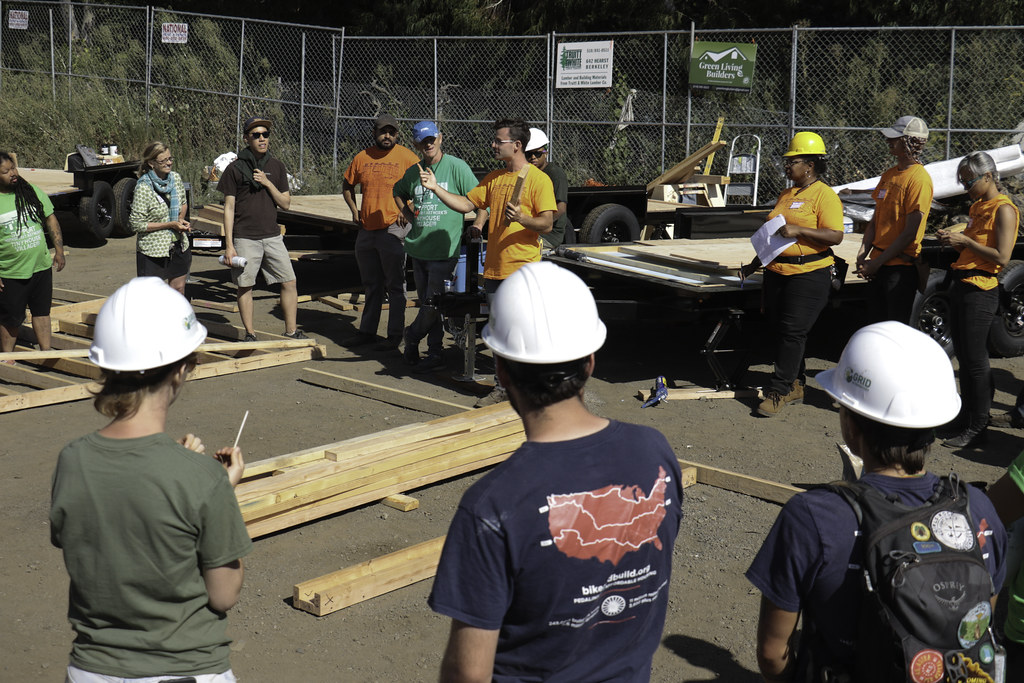
Customization is key in tiny home design, with interiors tailored to maximize space and adapt to individual needs.
From fold-out furniture to vertical storage solutions, these homes are designed to offer comfort and style without compromising on functionality, proving that small spaces can deliver big on innovation (via United Tiny Homes).
Tiny Homes as Travel Solutions
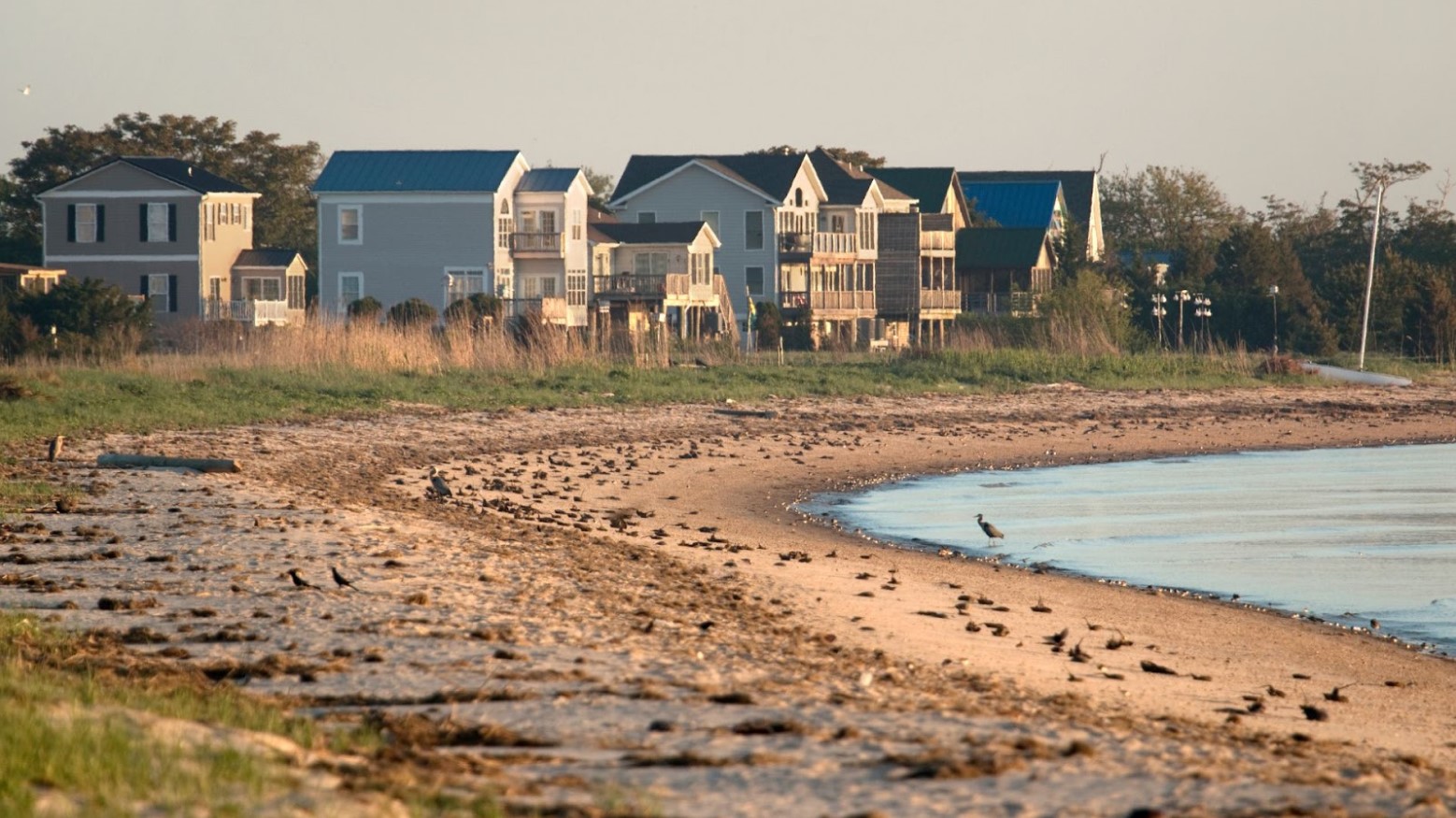
For those with wanderlust, tiny homes on wheels offer a perfect blend of comfort and mobility.
This adaptability appeals especially to digital nomads and those who prefer a nomadic lifestyle, as it allows them to bring their home wherever their adventures lead, without the burden of traditional homeownership.
Tiny Homes for Emergency and Disaster Relief

Tiny homes are proving invaluable in disaster relief efforts, providing quick, affordable, and effective housing solutions in crisis situations.
Their ease of deployment makes them ideal for immediate housing needs following natural disasters, offering a dignified way for affected individuals to begin rebuilding their lives (via Launch KU).
Personalization and Luxury
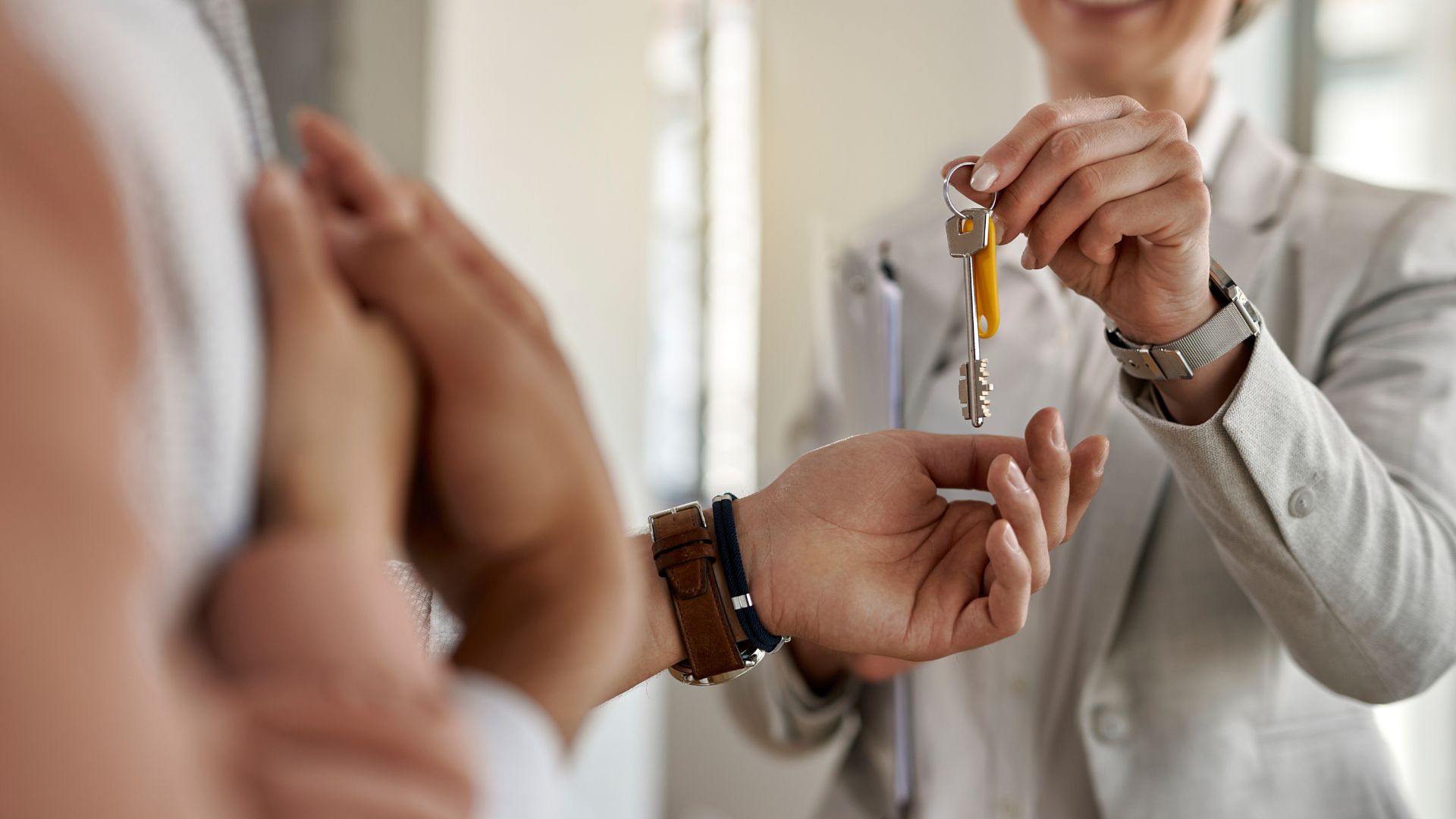
Tiny homes are even breaking the mold by integrating luxury features that cater to sophisticated tastes.
A quick Google search will return high-end materials, bespoke designs, and luxury appliances that are making their way into these small spaces, challenging the notion that tiny living means sacrificing quality or comfort.
Beyond Residential Use

Tiny homes are increasingly being used for more than just residential purposes. They can serve as pop-up retail spaces, private studios, or community workshops, showcasing their versatility and utility in urban settings.
This adaptability makes tiny homes an innovative solution to space and cost limitations in dense city environments.
Looking Forward

As we look to the future, tiny homes represent more than just a trend; they offer a sustainable, adaptable, and affordable solution to housing crises worldwide.
Embracing this movement could lead to more inclusive urban planning and a rethinking of what it means to create community and home in the modern world.
